Let’s get to know the world of African vegetables, where the diversity of the continent’s ecosystems shines through in its vibrant and nutritious produce.
Africa nurtures many veggies, such as amaranth’s leafy greens or cassava and yams’ hearty roots. These vegetables play an important role in African diets and culinary traditions.
Most of them are packed with health benefits as well! With our detailed insights into the uses, nutritional values, and other facts, I invite you to uncover some common African veggies in the whole content based on different regions.
Next, you can learn more about local delights and drinks that use vegetables in their cuisine. Finally, don’t overlook some popular African fruits for a comprehensive view of the natural offerings of this continent.
20 Popular African Vegetables with Filters
Here are 20 well-loved African vegetables, sorted by popularity. You can filter this list to see which ones are native, non-native, or considered exotic. You can also sort them by their use in dishes, drinks, or as garnishes.
Amaranth
- For Dishes
- Native
Amaranth is a highly versatile vegetable commonly found across various parts of Africa. It has various local names like morug, arowo jeja, doodo, and cheera.
It’s consumed both as a leafy vegetable and for its grain. Its seeds, tasting like quinoa, and its leaves with an earthy, nutty flavor akin to spinach, are both edible. What’s better, the leaves of the amaranth are rich in vitamins A and C, iron, and protein.
For cooking, amaranth adds a unique dimension to dishes when stir-fried or cooked alongside protein-rich foods like meat or seafood. Plus, it can serve as a thickener in sauces, stews, and soups.
Okra
- For Dishes
- Native
Okra, also called lady’s fingers, originates from West Africa. Considered one of the most significant vegetables in Africa, okra is famous for its grassy flavor and slimy texture once cooked.
When stewed or boiled, okra is the key to thickening soups and stews. Among all dishes, okro (Nigerian okra soup) stands out the most.
FYI, okra’s cultivation is widespread due to its heat tolerance and suitability to the African climate.
African Eggplant
- For Dishes
- Native
African eggplant, often called garden eggs, is a small, orange-red vegetable well-liked in West and Central Africa. Compared to its purple counterpart, African eggplant has a distinct bitter taste as it ripens.
Loaded with water, vitamins, and minerals while being low in fat, African eggplant is versatile enough to be eaten raw as a snack, or boiled, steamed, stewed, or used in sauces.
Yam
- For Dishes
- Native
Yams hail from Africa, with Nigeria being the largest producer worldwide. These root vegetables come in two principal types: white and yellow. Despite their resemblance to sweet potatoes, yams offer a starchier and less sweet taste profile.
White yams come with a neutral, earthy flavor and can be prepared in many ways, from deep frying, baking, roasting, stewing, and boiling to making porridge.
While rich in fiber, antioxidants, and minerals like potassium and manganese, yams are slightly less nutritious compared to cocoyams, another beloved root vegetable in Africa.
Cassava
- For Dishes
- Native
Cassava is another staple in Africa. It’s a primary source of carbohydrates in local meals. It can be processed into various forms, including flour for bread and pastries, fermented for beer, or made into tapioca.
Cassava leaves are also edible, rich in protein, and used in dishes similar to spinach. Besides carbohydrates, it also provides vitamin C, thiamine, and riboflavin.
Taro Leaves
- For Dishes
- Native
Taro leaves are highly nutritious and prominently featured in African diets, where they are used similarly to spinach.
However, you should remember that they must be cooked to break down oxalates, which can be harmful if eaten in large quantities. Once properly prepared, taro leaves are rich in vitamins A and C, iron, and fiber, contributing to a balanced diet.
They’re often used in soups, stews, or simply steamed as a side dish, providing a slightly nutty flavor.
Waterleaf
- Exotic
- For Dishes
- Native
Waterleaf is an indigenous African vegetable known for its high moisture content and tender leaves, making it a popular choice for soups and stews. It’s particularly popular in West Africa.
This watery, slightly sticky leaf has a mild flavor akin to spinach, so it doesn’t fight for dominance in dishes. With its high water content, you don’t need to add too much water when cooking.
However, remember that waterleaf is highly perishable, so it’s best enjoyed soon. You can also eat it raw for a light, refreshing snack.
Ethiopian Kale
- Exotic
- For Dishes
- Native
Ethiopian kale, or Brassica carinata, goes by other names like Abyssinian mustard and Ethiopian mustard. This mild and sweet African green comes from equatorial Africa, belonging to the cabbage family.
It is widely used in Ethiopian cuisine for its slightly bitter taste. Ethiopian kale carries a faint mustard and garlic tone that can stand in for mustard greens, collard greens, or regular kale.
However, you should cook it lightly to retain its nutritional properties and distinct flavor.
Bitter Leaf
- Exotic
- For Dishes
- Native
Known scientifically as Vernonia amygdalina, the bitter leaf is a favorite ingredient across Africa.
As you may have guessed from its name, its flavor is notably bitter, but a good wash and boil can reduce it.
Bitter leaf soup is a well-loved staple in many African homes. Moreover, this leaf is packed with vitamins A, C, iron, calcium, and antioxidants.
African Cabbage
- Exotic
- For Dishes
- Native
African cabbage is native to Africa and totally different from the regular cabbage you’ve known.
Its leaves are known for their strong bitter and sometimes peppery flavor, similar to mustard greens.
This leafy green is a favorite in soups, stews, stir-fries, and sautés. One remarkable thing about African cabbage is its durability; it can withstand longer cooking times without losing its texture.
Pumpkin
- For Dishes
- Non Native
In Africa, all parts of the pumpkin plant are consumed – the flesh, seeds, leaves, and even flowers. Particularly, pumpkin leaves have a distinct flavor akin to spinach meets turnip greens, offering a tasteful twist to your meals.
These leaves appear in salads, curries, soups, stews, or sauteed dishes. Some standout recipes include muboora (Zimbabwean stew) and mukimo (Kenyan mashed potatoes and greens).
Moreover, the seeds are particularly appreciated for their high protein content and are often roasted as a snack.
Cowpeas
- For Dishes
- Native
Cowpeas, known as black-eyed peas, have thrived since their first domestication in Africa as one of the oldest crops. They are resilient, flourishing in sandy soils and low rainfall, particularly in Sub-Saharan Africa’s semiarid regions.
They are a beloved food source, supplying vital proteins across Africa. There is no limit regarding cooking cowpeas: boiling, stewing, or adding to soups. The leaves are also edible and nutrient-rich, often cooked as green vegetables.
African Nightshade
- Exotic
- For Dishes
- Native
African nightshade is a beloved green vegetable mainly in West and East Africa, especially in Nigeria and Cameroon. It’s known for its slightly bitter taste and nutritional benefits.
It is a fast-growing plant, making it a reliable food source. Consumed mainly as a cooked vegetable, it’s a staple in many traditional dishes. The leaves are rich in vitamins A, C, calcium, and iron. It’s also appreciated for its medicinal properties, such as aiding digestion.
Jute Leaves
- Exotic
- For Dishes
- Native
Jute leaves, also known as ewedu in some African regions, are a popular staple in several African dishes. It has a unique taste profile: Young leaves are tender and bitter, while mature ones offer a more fibrous, earthy taste.
When cooked, jute mallow develops a slimy texture that adds a unique texture to soups and stews. Whether stewed, stir-fried, boiled, or used in soups, it brings a distinct taste to the table. But watch out, it can also act as a laxative!
African Cucumber
- For Dishes
- Native
African cucumber, aka kiwano, horned melon, or jelly melon, is notable for its vibrant orange skin and horn-like spines.
Inside, its green, jelly-like flesh is mildly sweet and can be eaten raw or added to salads and desserts. Furthermore, this fruit is a source of vitamins C and A.
Sweet Potato
- For Dishes
- Non Native
Sweet potatoes were initially met with skepticism when Europeans introduced them to Africa in the 16th century. But now, they have become a vital crop across the continent. Among many colors, including orange, white, and purple, the first one is the most nutritious variety.
These potatoes are a nutrient powerhouse, rich in vitamins A, C, and B2, helping combat vitamin deficiency among many Africans. As an affordable calorie and carb source, they’re a lifeline for low-income families.
Whether boiled, deep-fried, or stewed, their sweetness balances the spicy and savory flavors in various African dishes. This fact makes boiled sweet potatoes a versatile side dish.
Tomato
- For Dishes
- For Garnish
- Non Native
Tomatoes, first brought to Africa by Europeans in the 18th century, have taken root in the continent’s rich culinary culture. They are generally acidic, though sweet varieties are also available.
These veggies are essential to Africa’s flavorful and savory culinary identity. When sun-dried, their flavor intensifies, and their shelf life lasts longer.
Tomatoes’ usage spans stews, sauces, relishes, salads, and rice dishes. They are also the star of North Africa’s shakshuka (poached eggs in spicy tomato sauce) and South Africa’s tomato bredie (tomato stew).
Ginger
- For Beverages
- For Dishes
- Non Native
In Africa, ginger is widely cultivated and used both as a spice and for its medicinal properties. It thrives in the warm climates found across the continent, especially in West Africa.
Ginger is often used in traditional dishes, teas, and remedies for its pungent, spicy flavor and health benefits, such as aiding digestion and reducing nausea.
Mint
- For Beverages
- For Garnish
- Non Native
Mint is a popular herb in many African countries, valued for its refreshing aroma and cool taste. It’s commonly used to flavor teas, beverages, and various dishes, adding a burst of freshness.
Beyond its culinary uses, mint is also appreciated for its potential health benefits, including digestive aid and relief from cold symptoms.
Mint grows easily in many African gardens, making it a readily available herb for both culinary and medicinal use.
Hibiscus Plant
- For Beverages
- Native
The hibiscus plant, particularly Hibiscus sabdariffa, is significant in Africa, where its flowers are used to make the popular beverage known as hibiscus tea.
The plant is adaptable to various climates across Africa, so you can easily find them in locals’ gardens and markets.
What Are Common Vegetables Based on Regions in Africa?
Here are some common veggies in different African regions.
Next, let’s check out some delights that use veggies in African cuisine.
What Are Traditional African Dishes Using Vegetables?
If you don’t know what dishes are made with veggies, here are some examples.
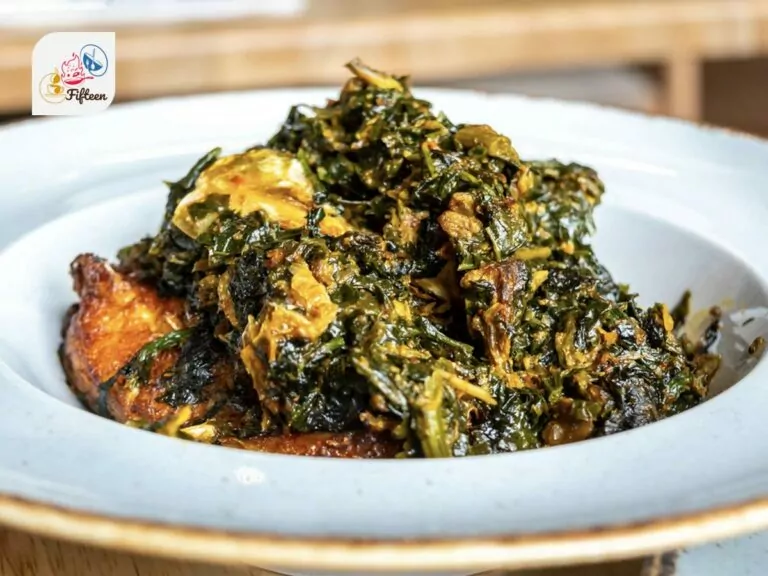
Efo Riro
A Nigerian soup combining spinach and other leafy vegetables with meats and fish, flavored with spices and palm oil.
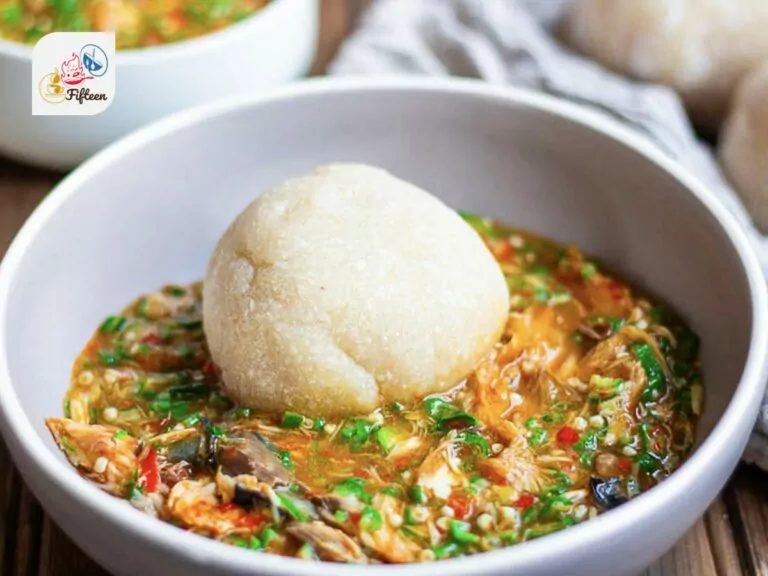
Okra Soup
An African soup made from okra and various vegetables, enriched with traditional herbs and leaves.
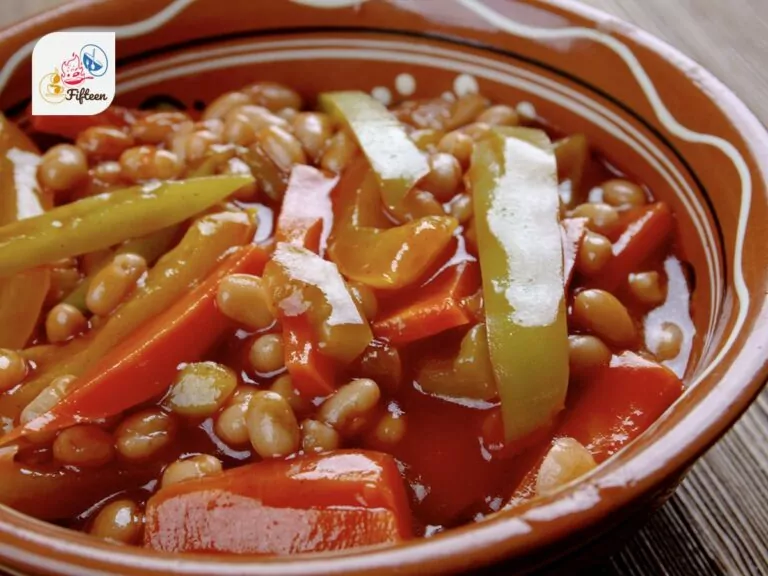
Chakalaka
A South African spicy vegetable relish made with beans, cabbage, and squash, served alongside main dishes.
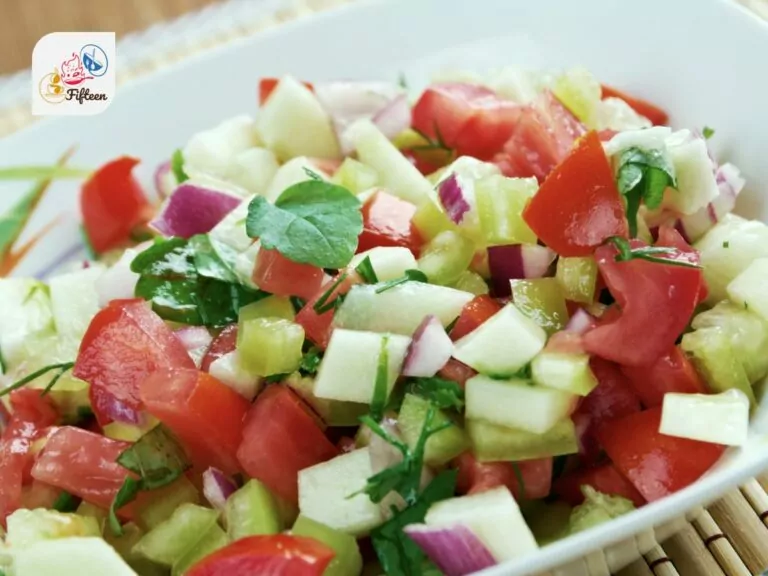
Kachumbari
A raw salad from the African Great Lakes region featuring tomatoes, onions, and chili peppers, often enhanced with citrus and herbs.
These are just a few African cooking delicacies with vegetables. Now, let’s move to another interesting part: drinks utilizing these natural items.
What Are Traditional African Beverages Using Vegetables?
Below are some African-style refreshments using vegetables in their recipes.

Ginger Beer
A traditional African beverage made by fermenting ginger, water, and sugar, with optional lemon juice or pineapple for added flavor.
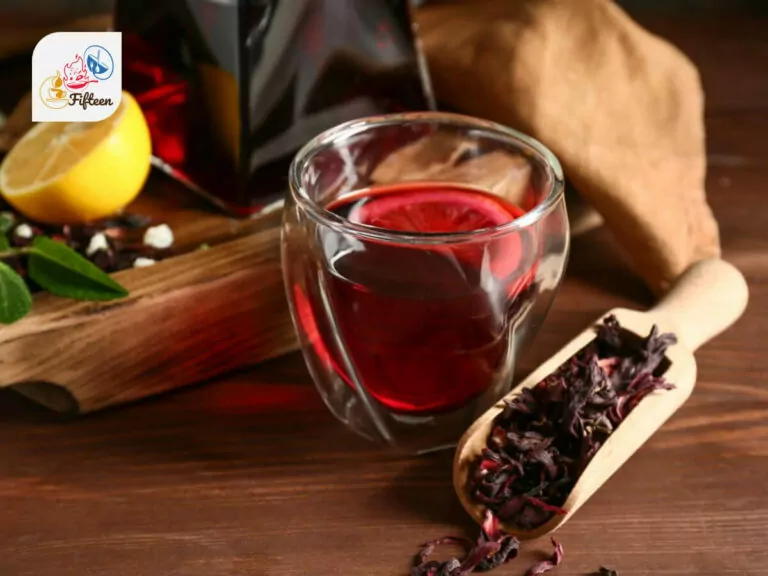
Hibiscus Tea
Hibiscus tea, known as “sobolo” in some parts of Africa, is a popular beverage made from the dried petals of the Hibiscus sabdariffa flower.

Maghrebi Mint Tea
A North African tea combining gunpowder green tea with fresh mint leaves for flavor.
The natural food that Africa nurtures is not only veggies. Their fruits are also wonderful to explore!
What Are Famous Fruits in Africa?
Africa is home to a diverse array of fruits. Here are five famous fruits that are native or widely cultivated in Africa.
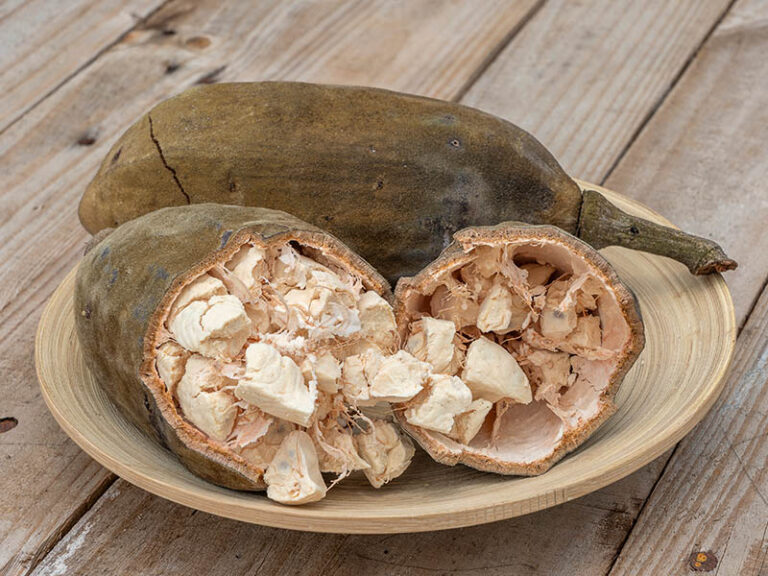
Baobab
Known as the “Tree of Life,” the baobab tree produces large fruit pods that contain a dry, powdery pulp. It’s often used in drinks and as a natural sweetener.
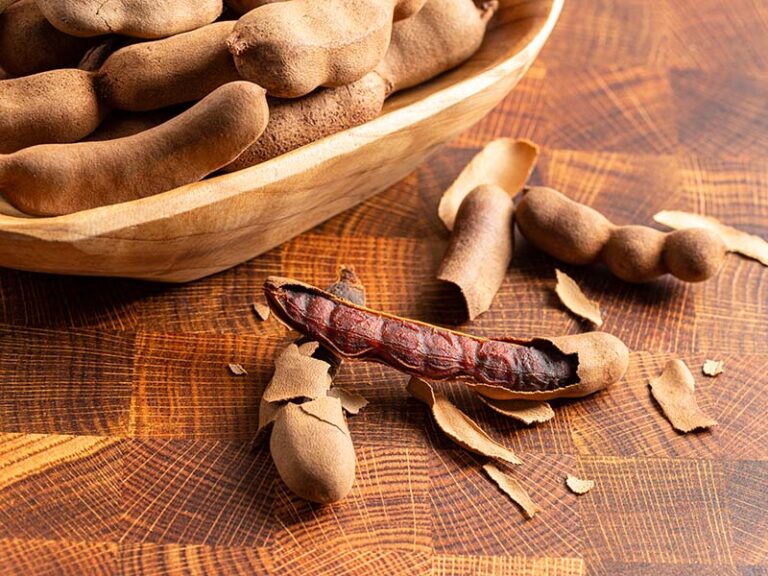
Tamarind
In Africa, tamarind is a cherished fruit known for its tangy flavor, used in both culinary dishes and traditional remedies.
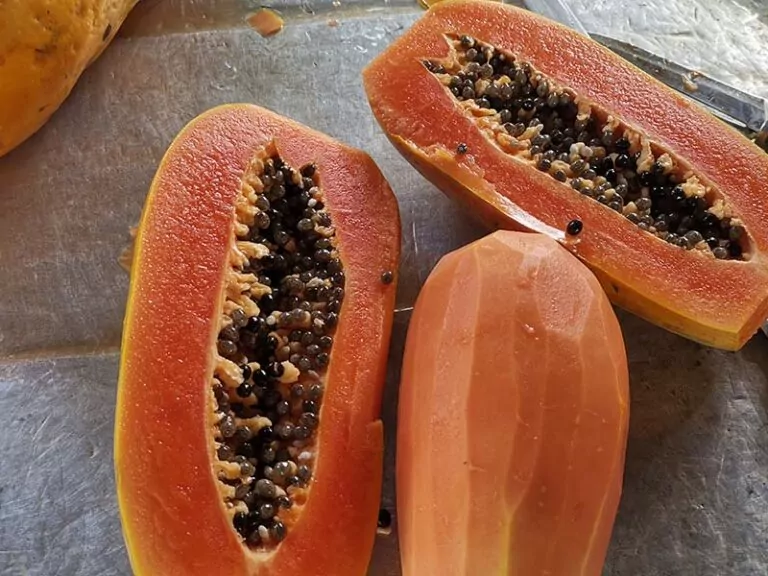
Papaya
Papaya is widely cultivated across Africa and is enjoyed for its sweet, tropical flavor. It’s commonly eaten fresh but can also be used in salads, smoothies, and desserts.
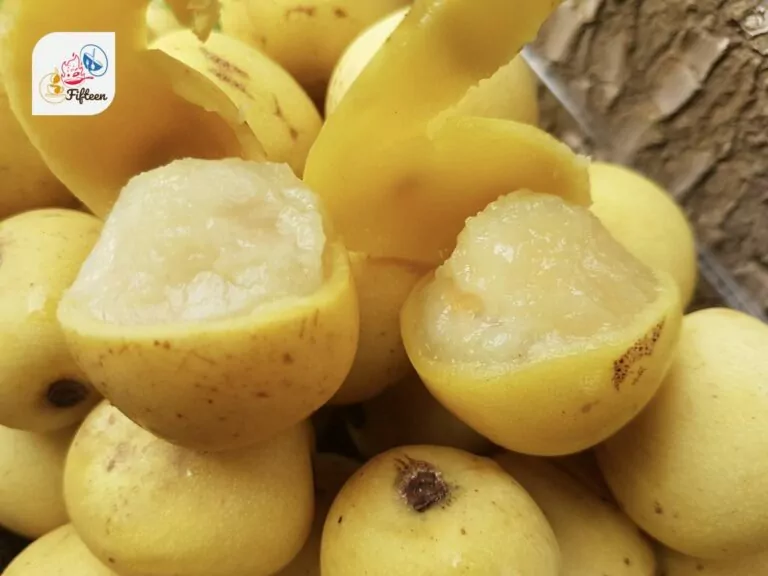
Marula
Native to southern Africa, the marula fruit is small, oval-shaped and has a juicy and tangy flavor. Marula is not only consumed fresh but is also used to make jams, juices, and the famous Amarula liqueur.
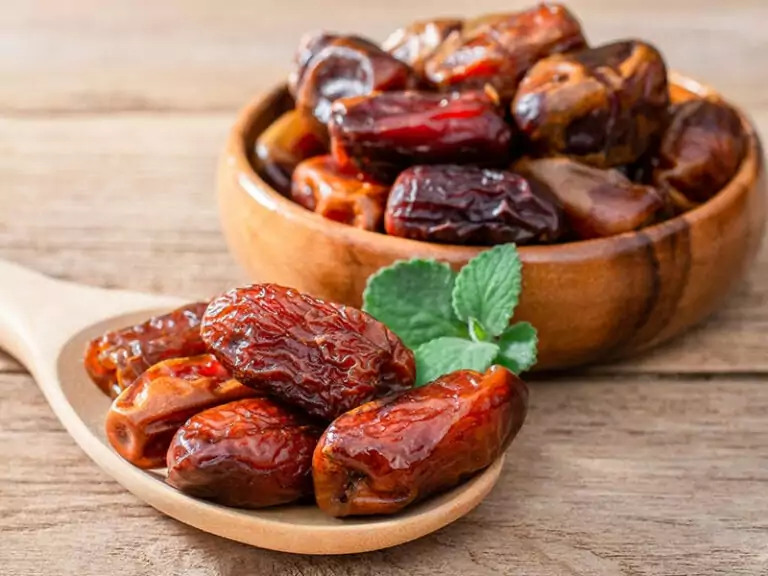
Dates
African dates are known for their sweetness, often eaten fresh or used in various dishes and beverages.
You just have got a glimpse of well-liked vegetables in Africa; keep in mind, there’s much more to explore.
Finally, tell me about your interesting fruit experiences and stories in the comments while you enjoy these flavors. Don’t forget to hit like and share this article to encourage others to discover these treasures of this continent. Thank you!

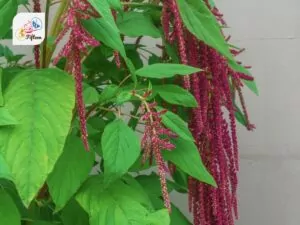
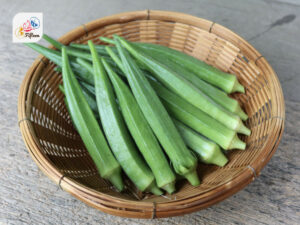
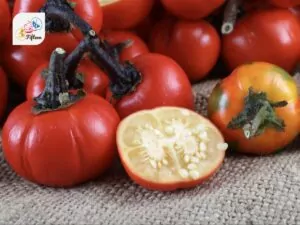
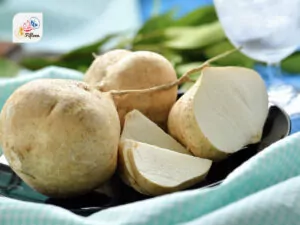
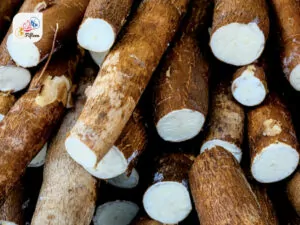
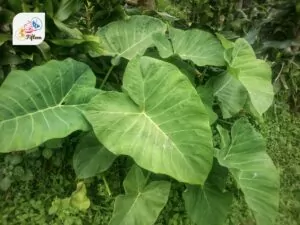
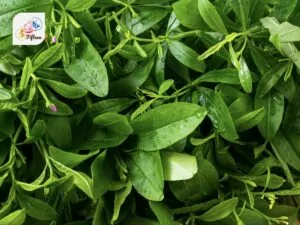
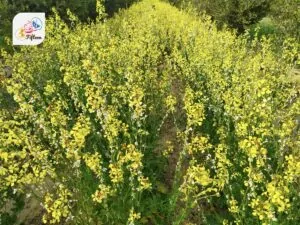
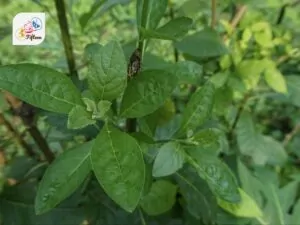
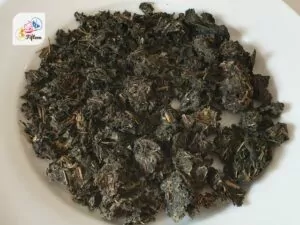

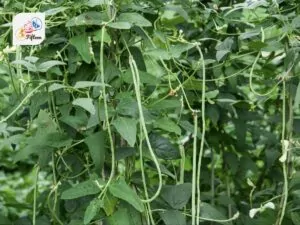
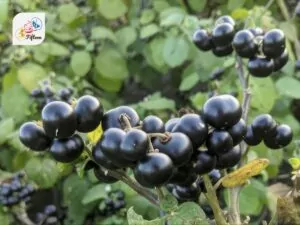
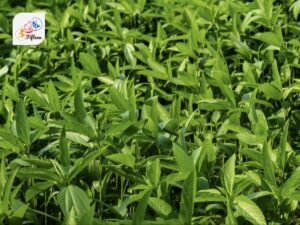

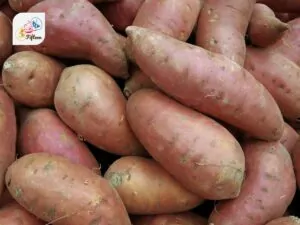
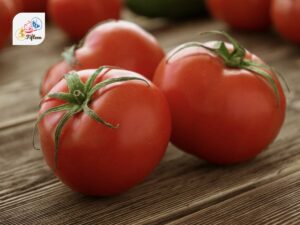
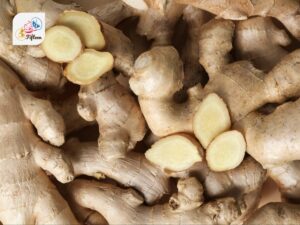
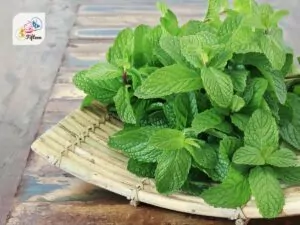

Jamie Scott
Editor in Chief, Senior Content Writer
Expertise
Home Cooking, Meal Planning, Recipe Development, Baking and Pastry, Food Editor, Cooking-video Maker, Western Food Evaluation Expert
Education
Le Cordon Bleu College of Culinary Arts
Local Community College, New York, NY
Jamie Scott is a skilled culinary expert and content creator specializing in Western cuisine. With over 15 years in the culinary field and formal training from Le Cordon Bleu, Paris, Jamie deeply understands how to blend nutrition with delicious flavors. His passion for cooking matches his commitment to making healthy eating accessible and enjoyable.
On Fifteen.net, Jamie brings a fresh perspective to classic dishes and beverages, offering readers insightful recipes, cooking tips, and a fresh view on meal planning that emphasizes taste, health, and simplicity.